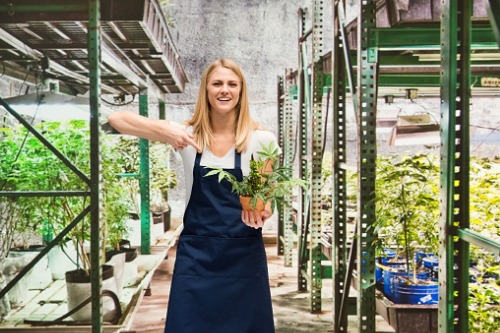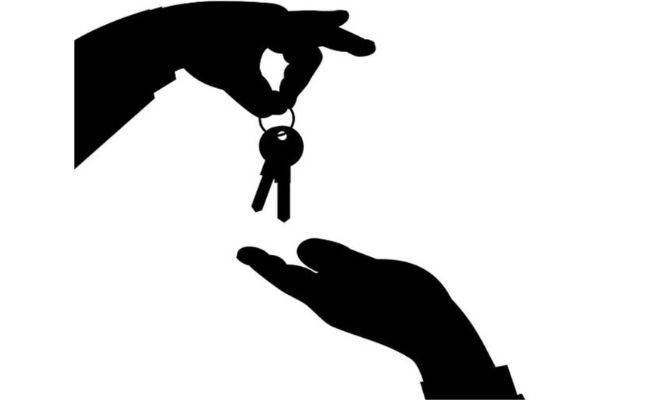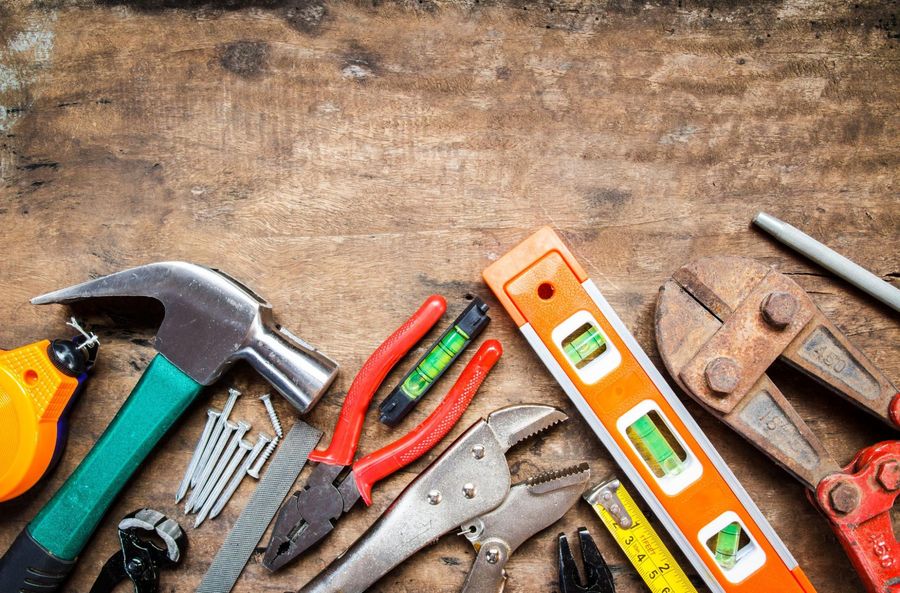Once the Cannabis Act is brought into force this year, adults in Canada will be legally permitted to purchase, posses and grow limited amounts of recreational marijuana. Supporters of the legislation cite its potential health, quality control and tax revenue benefits, while others – including property owners and landlords – are concerned about the serious safety issues for people and buildings where marijuana is grown and used.
To grow or not to grow
At the municipal level, local jurisdictions will need to decide whether to develop a regulatory response to cannabis or face the operational challenges of enforcing bylaws such as zoning, land use, building codes and public safety if they are not aligned with the new federal law.
One of the most contentious issues is home cultivation, which has many landlords concerned about the potential damage and property devaluation pot-growing tenants could bring. They are calling upon local governments to allow restrictions on the recreational growth and use of marijuana in their units.
The Cannabis Act will allow adults to cultivate a maximum of four plants per household for personal consumption. Current legislation doesn’t limit the size of the plants or the number of crops that can be grown in a given timeframe. With proper irrigation and lighting, three to four crops could be harvested each year, depending on the strain of cannabis, and potentially cover large sections of a home.
In a large apartment or condo complex, hundreds of plants could be produced each year. Without proper ventilation, excess humidity can build up within the complex, causing dangerous mold growth, which has serious consequences for the building structure and the air quality for people living in and around the space.
Grow-op remediation, which can cost tens of thousands of dollars, also has many owners concerned about substantial decreases in property value, as lenders and insurers are reluctant to service former grow-ops. This can lead to further affordable housing issues as desperate property owners try to recover some of their losses through dramatic rental increases.
Provinces have the right to set rules in their own jurisdictions when it comes to cannabis, including whether landlords can restrict use on their properties. Home cultivation has been banned outright in Manitoba and Quebec. In British Columbia, landlords will have the power to restrict tenants from growing and smoking marijuana in their units.
Marijuana supporters recognize that safety and health risks come with cultivating marijuana, but they argue that the benefits far outweigh the risks, which can be mitigated with foresight, planning and professional help.
Weed indeed
For homeowners or tenants who want to test their green thumbs by growing cannabis indoors, the top priority should always be maintaining a safe and healthy living environment. This means hiring licensed professionals to make all structural and electrical alterations, ensure proper ventilation of excess moisture and humidity, and prevent accidental ingestion of cannabis and any associated chemical products by children, pets and unaware adults.
The first step is to create a lightproof and airtight space in which to grow the plants. With a few modifications performed by a licensed carpenter, areas like a closet, cabinet or a corner in an unfinished basement can be ideal. Removing things like furniture, carpets and decorations will make the space easier to keep clean, reducing the risk of contamination and mold growth. Plan to spend between $400 and $900 on supplies and labour.
Plants need light and water to grow. To reduce the risk of accidental fire or flooding, hire a licensed electrician to run the wiring for the lighting, and get a plumber to install the irrigation system. Be prepared to spend $40 to $75 on high-pressure sodium light bulbs and another $100 to $200 for the ballast needed to regulate the current. A drip-irrigation system, which can be run from an indoor nozzle, will cost $300 to $750.
When cultivating cannabis indoors, proper ventilation and air circulation are vital to prevent mold and fungus growth. Fresh air needs to be brought into the grow room and hot, humid air exhausted outside. To eliminate the pungent aroma of budding marijuana, which can permeate walls and seep through door cracks, the outgoing air should pass through a carbon filter. The cost to purchase an in-line duct fan runs between $100 and $500+, depending on the make and model.
For homeowners living in small properties or tenants who aren’t allowed to build grow rooms, purchasing a grow tent kit might be a more viable (and portable) option. Grow tents are beginner-friendly, made from durable and light-proof material, come in a wide range of sizes, and include lights, timers, fans and carbon filters to reduce odour. The tents are waterproof and easy to keep clean. Best of all, grow tents are easy to disassemble when moving to a new location. Tents range in price from $300 for a very basic kit to $1,500+ for larger grow operations.
Perhaps the most important precaution for in-home growers is security. The best way to avoid accidental ingestion, whether by children, pets or unsuspecting adults, is to have the grow room or tent, pesticides and cannabis under lock and key at all times. Store pot and other marijuana edibles such as brownies, cookies and gummy bears as you would medications and other potentially toxic substances: in child-proof containers in out-of-reach, locked areas. Immediately seek medical attention if a marijuana overdose is suspected; symptoms include intoxication, altered perception, anxiety, panic, paranoia, dizziness, weakness, slurred speech, apnea and heart palpitations.
 VANESSA ROMAN is an investor, BC-based real estate agent, property columnist and host of HGTV’s Reno vs Relocate. Find out more at vanessaroman.com.
VANESSA ROMAN is an investor, BC-based real estate agent, property columnist and host of HGTV’s Reno vs Relocate. Find out more at vanessaroman.com.








